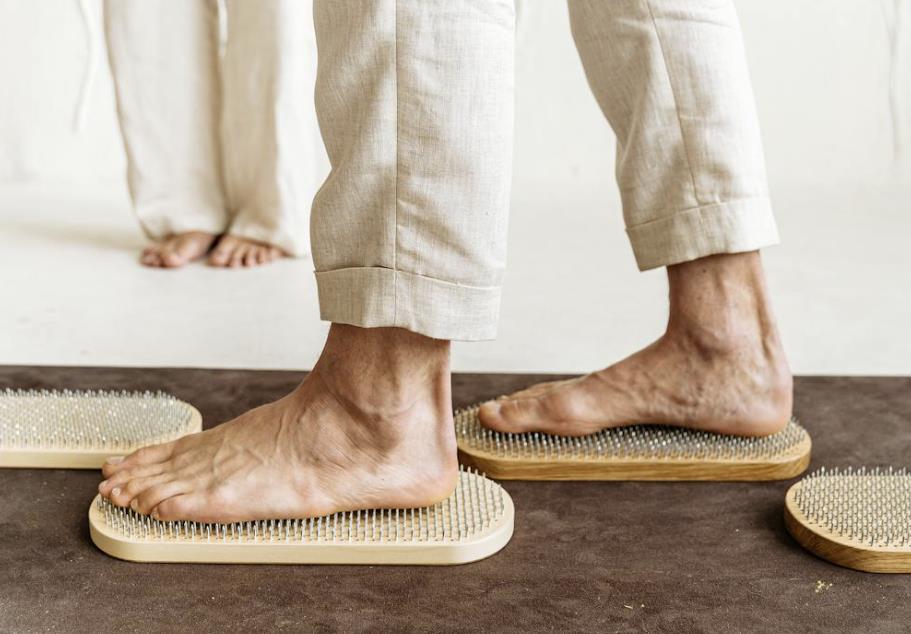Chamomile Tea Benefits
Chamomile makes a pleasant tea with an apple-like taste and aroma. At night, just the thought of sipping chamomile tea soothes frazzled nerves and forcibly induces sleep. Despite its many benefits, chamomile has more to offer. Over a dozen active chemical compounds have been identified in the daisy-like flowers, allowing the herb to alleviate stress as well as soothe stomach upset almost as quickly as Pepto Bismol.
In what ways is it useful? • Belching • Boils • Conjunctivitis • Foot Pain • Gum Problems • Hives • Indigestion • Inflammatory Bowel Disease • Menstrual Problems • Psoriasis • Rosacea • Stress • Teething • Ulcers
An ingredient in chamomile called apigenin is effective at calming the nervous system and aiding sleep. Having a hard time relaxing? You can enjoy chamomile tea, or take a warm bath with chamomile tea, chamomile oil, or chamomile flowers added to the water.
Anxiety and stress are reduced by the essential oil’s penetration into the skin. Take a handful of chamomile flowers or 10 drops of chamomile oil and massage it into your skin. Anxiety and stress are relieved by essential oils as it penetrates the skin.
Uses both inside and outside
You can use chamomile for more than just relaxation. It contains several chemical compounds that act as antispasmodics, including bisabolol. During menstruation, they ease cramps as well as the discomfort caused by the smooth muscles lining the digestive tract and uterus.
People with arthritis and other painful conditions who are dependent on painkillers for daily relief might benefit from drinking chamomile tea to reduce the stomach-gnawing effects of aspirin and other drugs. A number of minor health complaints can also be treated with chamomile’s antiseptic and anti-inflammatory properties.
• Rashes and Burns
Both your skin and your intestinal tract can benefit from chamomile. In external applications such as chamomile cream or compresses made with strong chamomile tea, chamomile accelerates the healing of cuts, burns, and rashes. In order to reduce the itching caused by sunburn, mix equal parts of chamomile oil and almond oil (available in health-food stores).
• Skin irritations
For wounds or inflammation caused by eczema, contact allergies, or post-radiation skin damage, doctors often recommend chamomile-based creams, such as Kamillosan, in Germany. A small amount of chamomile oil can treat skin conditions such as boils.
• Infections
When used as a wash, chamomile reduces the chances of eye and skin infections caused by bacteria and fungi. Inflamed gums can be soothed with chamomile tea mouthwash, and mouth ulcers can be treated with chamomile tea mouthwash.







